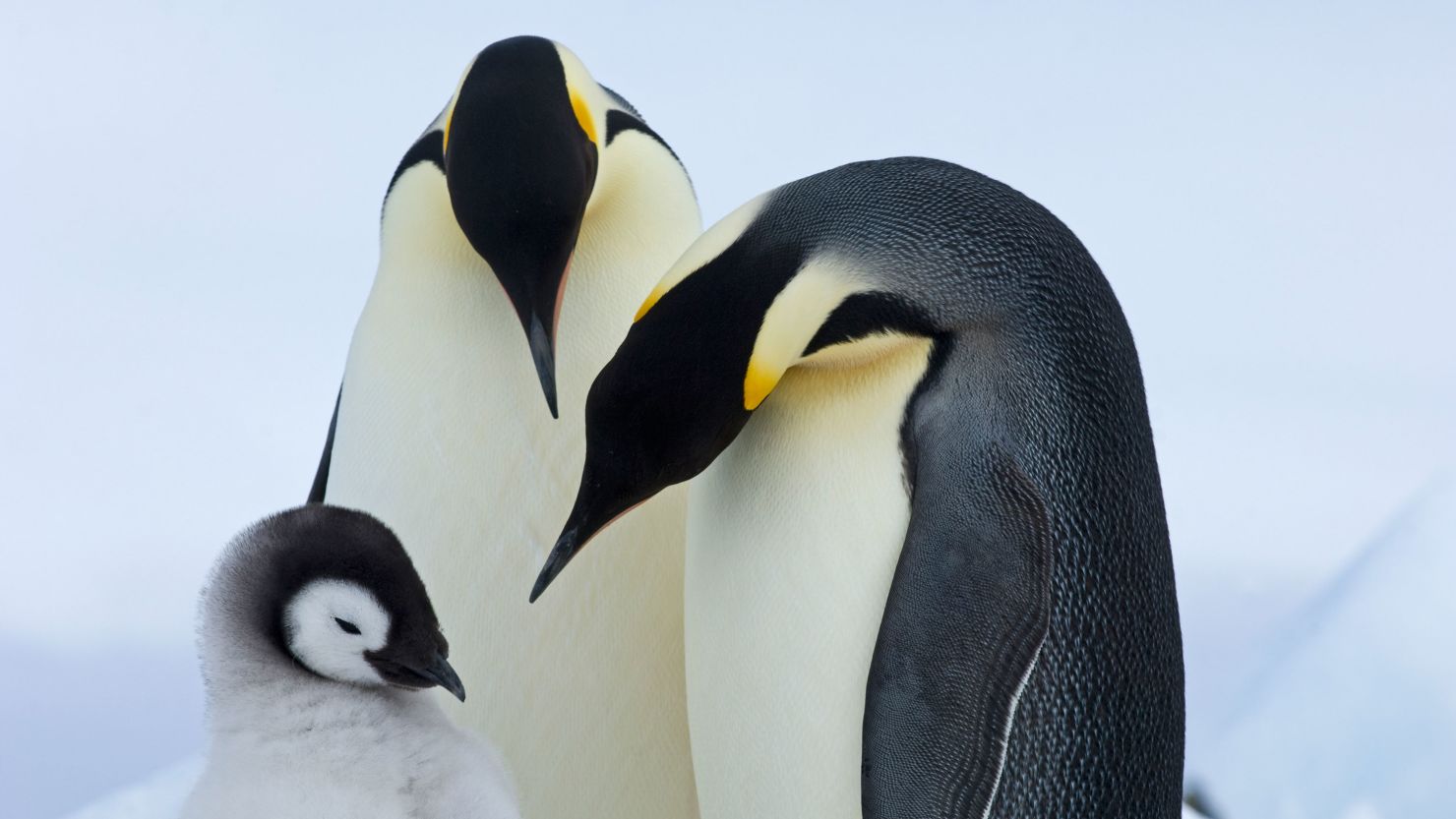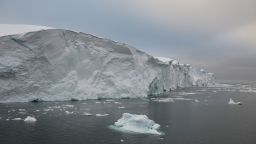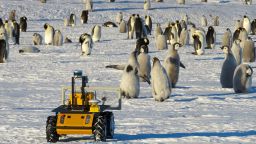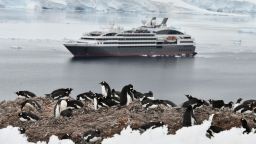It was only a matter of time before human-caused climate change and pollution reached even the most isolated continent on the planet. As global temperature rises, Antarctica’s pristine landscape is already changing, and new research shows most of the region’s plant and animal species – including its iconic penguins – are in trouble.
The study published Thursday in the journal PLOS Biology found that 65% of Antarctica’s native species, emperor penguins top among them, will likely disappear by the end of the century if the world continues its business-as-usual ways and fails to rein in planet-warming fossil fuel emissions.
The study also showed that the current conservation efforts in Antarctica are not working on the rapidly changing continent. Researchers concluded implementing an extra layer of cost-effective strategies, which they lay out in the study, could save up to 84% of Antarctica’s vulnerable biodiversity.
“Antarctica is not really contributing to climate change; there’s not a large-scale number of people living there, so the greatest threat to the continent is coming from outside the continent,” Jasmine Lee, lead author of the study, told CNN. “We really need global action on climate change, as well as some more local and regional conservation efforts, to give Antarctic species the best chance of surviving into the future.”
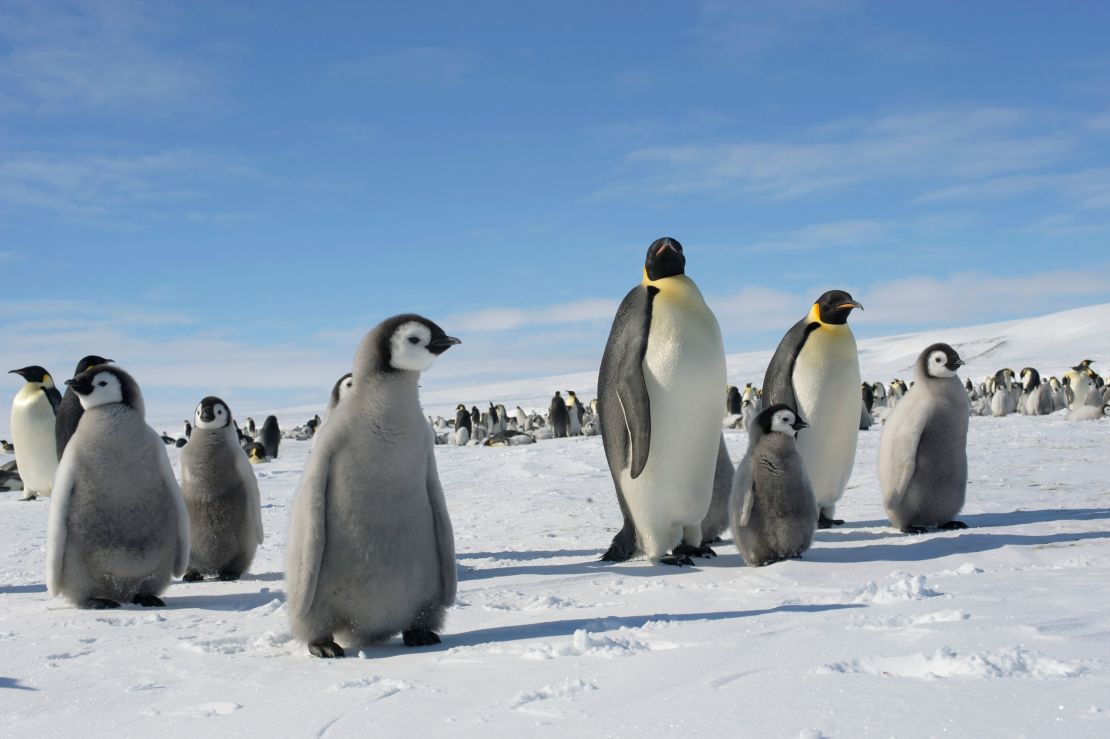
Antarctica’s geographic isolation has long protected the continent from the worsening impacts of the climate crisis and other environmental disasters that plague the rest of the world, such as wildfires, flooding, and drought. Scientists have already observed significant changes in its northern counterpart, the Arctic, which is warming four times faster than the rest of the planet.
But the impacts of climate change are just starting to emerge in Antarctica. Recent data, for example, suggests Antarctica’s sea ice is dropping more rapidly now than decades prior.
Thursday’s study shows that disappearing sea ice threatens several species of marine seabirds, like emperor and Adélie penguins, that rely on the ice from April through December to nest their little ones. If the ice melts earlier or freezes later in the season, as a result of rising temperatures, penguins struggle to complete their reproductive cycle.
“These iconic species, like emperor penguins and Adélie penguins, are at risk and it’s really sad to think that Antarctica is one of the last great wildernesses on the planet and human impacts are being seen and felt there,” Lee said. “It’s just incredibly sad to think that we could drive those kinds of species towards extinction.”
Human presence and activity are also increasing in the region. The study shows that scientific expeditions and infrastructure are expanding, while annual tourist numbers have skyrocketed more than eight-fold since the 1990s.
A separate study from earlier this year showed that increasing human presence in the region is causing more snow melt. Scientists found black carbon – the dark, dusty pollution that comes from burning fossil fuels – settling in locations where people spend a lot of time. Even the tiniest amount of this pollutant can have a significant impact on melting.
What can be done?
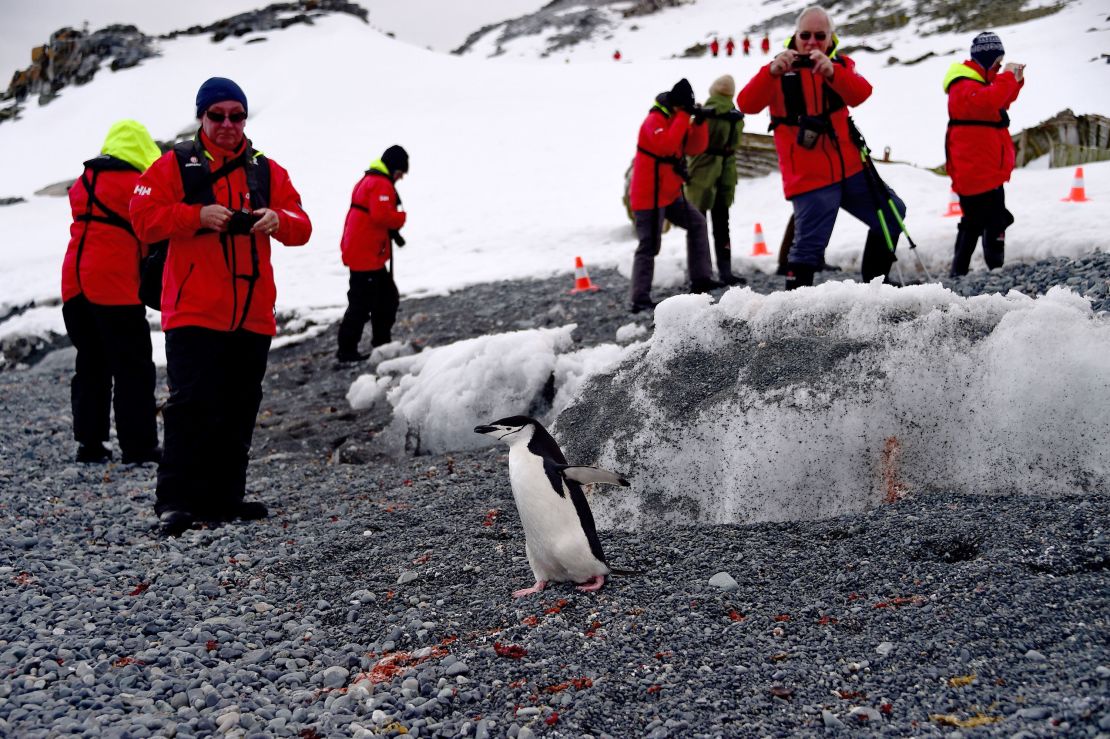
While the threat to Antarctica’s species and its ecosystem are increasingly well-documented, they aren’t as widely understood among policymakers, Lee said. And finding the funds for conservation can be challenging.
But the study lays out several measures that are actually cost-effective, with an estimated cost of $1.92 billion over the next 83 years, or around $23 million per year – a fraction of the global economy.
These strategies include minimizing and managing human activity, transport and new infrastructure, as well as protecting native species while also controlling non-native species and diseases that enter the region.
It also includes a focus on external policies, like achieving the broader international climate goals under the 2015 Paris Agreement, which aim to reduce planet-warming emissions and stave off a dire rise in global temperature.
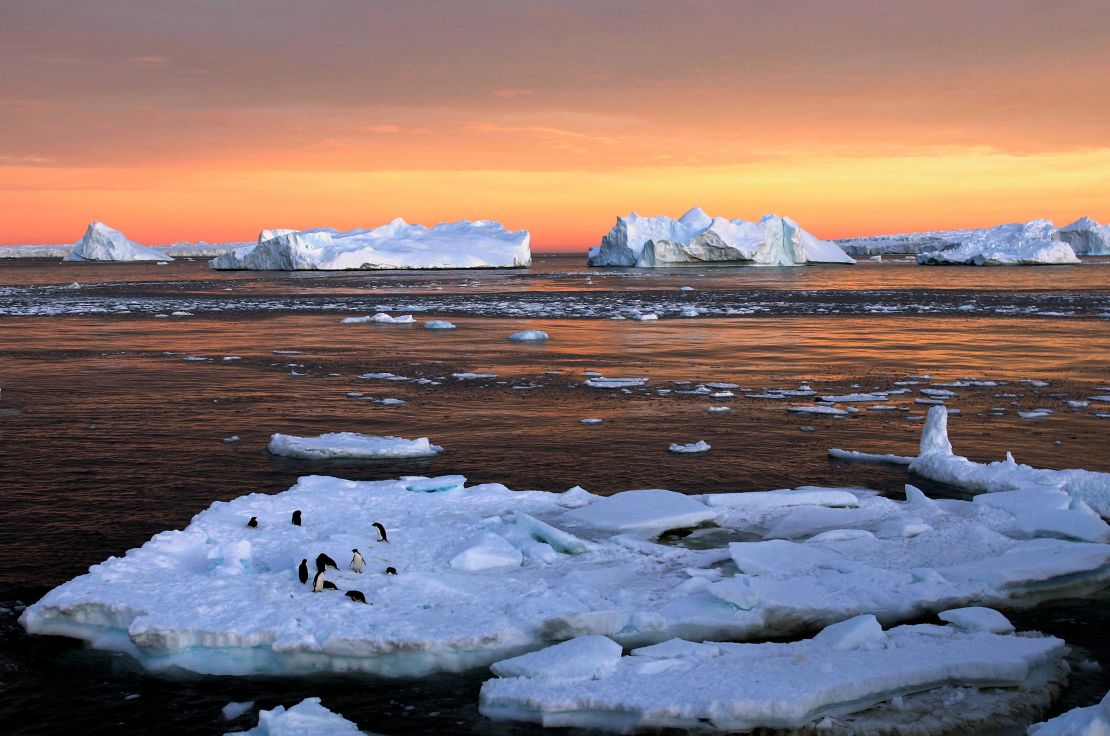
“The benefits of doing something about climate change is good for human health, livelihood and also the economy,” Lee said. “The incentive is there, but it’s just finding that initial investment, and it just depends on priorities.”
Cassandra Brooks, an assistant professor at the University of Colorado Boulder who has done extensive research on marine animals in Antarctica, said that the study is “timely and important” to draw attention to how critically threatened Antarctic biodiversity is.
“This study builds on previous work showing the urgency with which policymakers need to take action on climate change, if there is any chance of safeguarding Antarctic biodiversity,” Brooks, who is not involved with the study, told CNN. It “makes crystal clear that current conservation strategies are insufficient at doing anything beyond supporting the decline of biodiversity.”
The latest research comes days after negotiators at the UN biodiversity summit in Montreal reached a landmark agreement to better protect the planet’s vital ecosystems, including a pledge to protect 30% of land and oceans by 2030.
With the climate crisis now the most pervasive threat to Antarctic biodiversity, Lee said influencing global policy is needed more than ever to save one of Earth’s vast, pristine biomes.
“This is just the tip of the iceberg,” Lee said. “We’re at this huge turning point now not just for Antarctica, but globally, when it comes to climate. We’ve got the opportunity to stop it and if we don’t do something now, then the impacts are going to be much, much worse than what they could be.”
